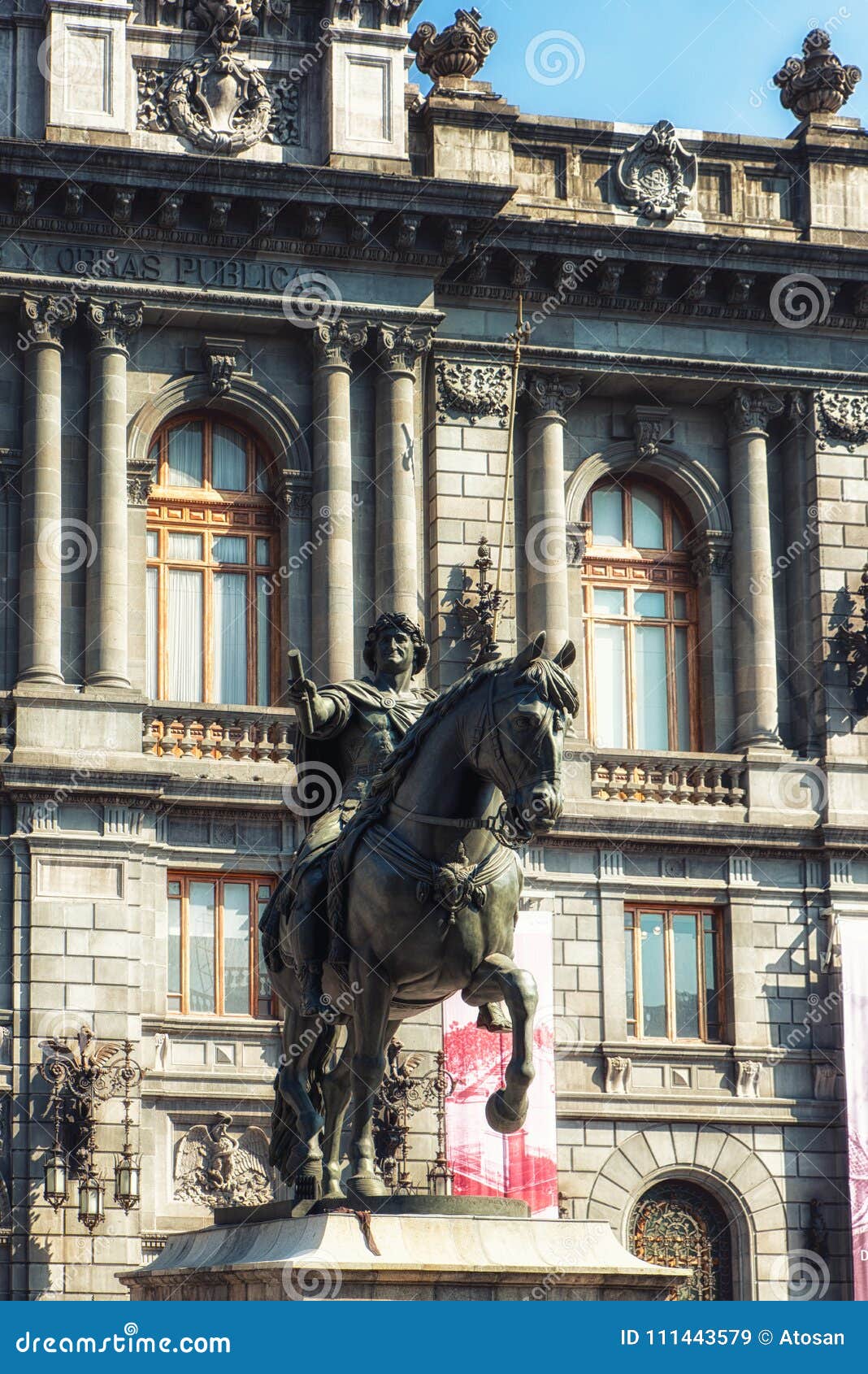

Virgin Mary and Child Statue are Very popular in Christian art. The upper portion is painted in an abstract pattern. The length is shown by reddish-brown and white lines, scales of the body are beautifully depicted in abstract patterns and eyes also indicate its watchfulness. The coil begins to shape up from the bottom of the jar and modelled in low relief. The serpent head is modelled in high relief and the mouth is open and the teeth show its attacking or pose. This effigy jar shows a coiled serpent in a very aggressive and mood. It also provides hope for mankind to aspire to great heights as it correlates the shedding of the serpent’s skin to a human’s ability to change his circumstances and overcome adversity. The snake is recognized as a symbol of humanity as a whole. In Mexican mythology, the snake is a symbol of veneration, worship and honour often a symbol of great power, rebirth and resurrection and a powerful emblem of renewal and transition also. The artefact is painted reddish-brown with patches of off-white, baked with high-temperature firing and beautifully finished and polished. This pot with handle and spout in the of a cat evidences a certain extent of evolution in the art of clay modelling which blended an art any naturalistic of an animal and human being with a utility article. The white-spotted deep brown cat, with its legs, gathered completely under its fur, upwards turned face, ears raised as to when extra vigilant and closed mouth as when fixed at the target, is poised fully to charge at its prey the moment it detected its slightest movement.Īs almost all early culture reveal, conceiving articles of day-to-day use, especially pottery, in personalized s or the s of familiar animals, domestic or others, was a common practice of potters all over, and this spouted pot is one of its examples. This elongated figure of a cat-like animal with eyes fixed on its prey is a novel of a serving pot- a kettle with a spout and a handle. Curiously, all these were intended as a drinking vessel for the living and the dead. The portrait head shows their face painted.

These ceramic heads were cast in moulds and more or less show the same features. Most probably these were certain highly regarded personalities, whose heads were thought to possess beneficial powers and ed the ancient Peruvians to place them in graves.

Large numbers of portrait heads have been found in the graves. They are thought to represent secular and religious dignitaries. The naturalistic representations of human faces are unique to the Moche culture of Peru. The face has a painted pattern in the centre. Hardly betraying any signs of being a vessel, the artefact, vividly conceived and so close to reality, looks like a replica of a human head. This Vessel is in the shape of a human head, almost half of the natural size of an actual head.


 0 kommentar(er)
0 kommentar(er)
